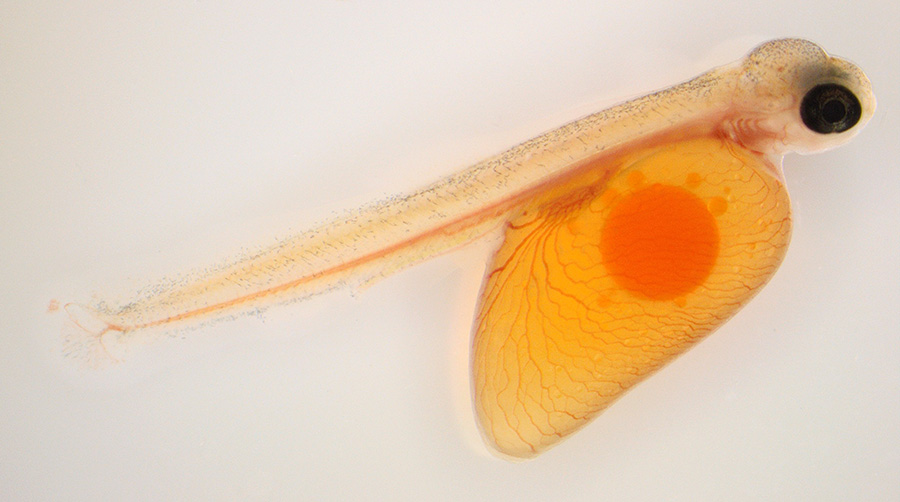MicroMucus
MicroMucus
Microbial contributions to the Atlantic salmon (Salmo salar) skin mucosal barrier
- The project is funded by the NRC basic research program FRIPRO

Fish live in close contact with bacteria in the surrounding water. To protect themselves against harmful agents and microbes, their skin is covered by a mucus layer. This mucus is colonized by bacteria – the skin microbiota. However, its role remains unknown. In the MicroMucus project, we hypothesize that the commensal microbiota colonizing fish skin mucosa is essential for obtaining full barrier function.
To investigate this hypothesis, we have developed germfree model system for Atlantic salmon yolk-sac fry. We use a transdisciplinary approach, involving atomic force microscopy, micro-rheology, microscopy, and microbial community analysis.
Research MicroMucus
Christopher Secombes
Regius professor, University of Aberdeen
Head of the Scottish Fish Immunology Research Centre
Etienne Dague
Researcher, Laboratoire d’Analyse et d’Architecture des Systèmes (LAAS)
Department of Nano Bio Technologies (MNBT)
John Rawls
Associate Professor and Director of Duke Microbiome Center
Duke University School of Medicine.
Master's theses
Amalie Johanne Horn Mathisen
“Effect of Host Strain and Microbial Water Quality on the Colonization of Salmon Fry"
Graduated June 2019
Hanne Mallasvik
“Initial bacterial colonization of Atlantic salmon (Salmo salar) yolk-sac fry using a gnotobiotic model system” Graduated June 2019
Åsa Ølnes
Magnhild Sekse Erdal
Ragnhild Stenøien Lyseid
